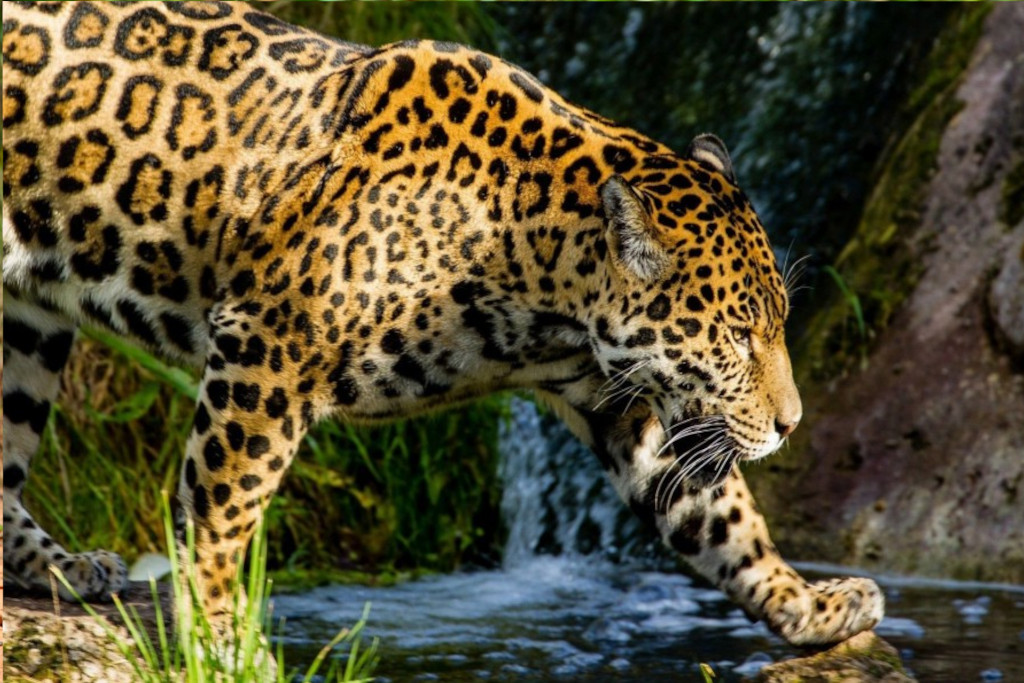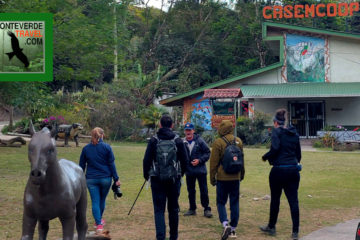Unveiling the Enigmatic Origins of Names for 6 Exotic Animals in Costa Rica
In the diverse realm of Costa Rican fauna, the local vernacular often takes a charmingly unspecific approach to identifying animals. Small, rodent-like creatures might universally be dubbed “zorros” (foxes), while a broad spectrum of other wildlife earns the colloquial label of “bicho.” Yet, beneath these generic monikers lies a rich tapestry of Spanish and indigenous American terms that unveil the fascinating and sometimes astonishing world of Costa Rica’s wildlife.
- Montezuma Oropendula (Psarocolius montezuma):
The Montezuma oropendula, known for its extravagant breeding rituals, showcases a captivating spectacle. Females craft intricate hanging nests, with a single tree accommodating up to 100 nests due to their colonial breeding habits. The male oropendula’s intricate mating dance involves a series of bows, creating a visual reminiscent of a golden pendulum, hence the bird’s name.
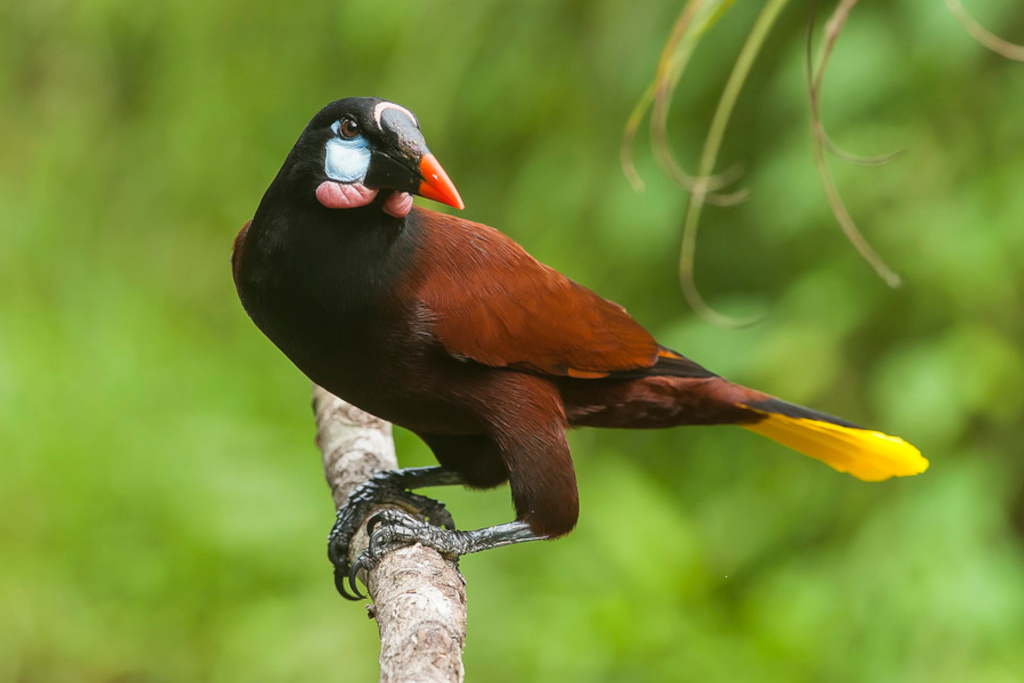
- Terciopelo/Fer-de-lance (Bothrops asper):
The Terciopelo, infamous for its aggressive behavior and potent venom, holds the unfortunate record for causing more injuries and fatalities than any other snake in Costa Rica. While the English name reflects the snake’s lethal nature, the Spanish name, terciopelo (velvet), intriguingly alludes to the snake’s soft and silky skin.
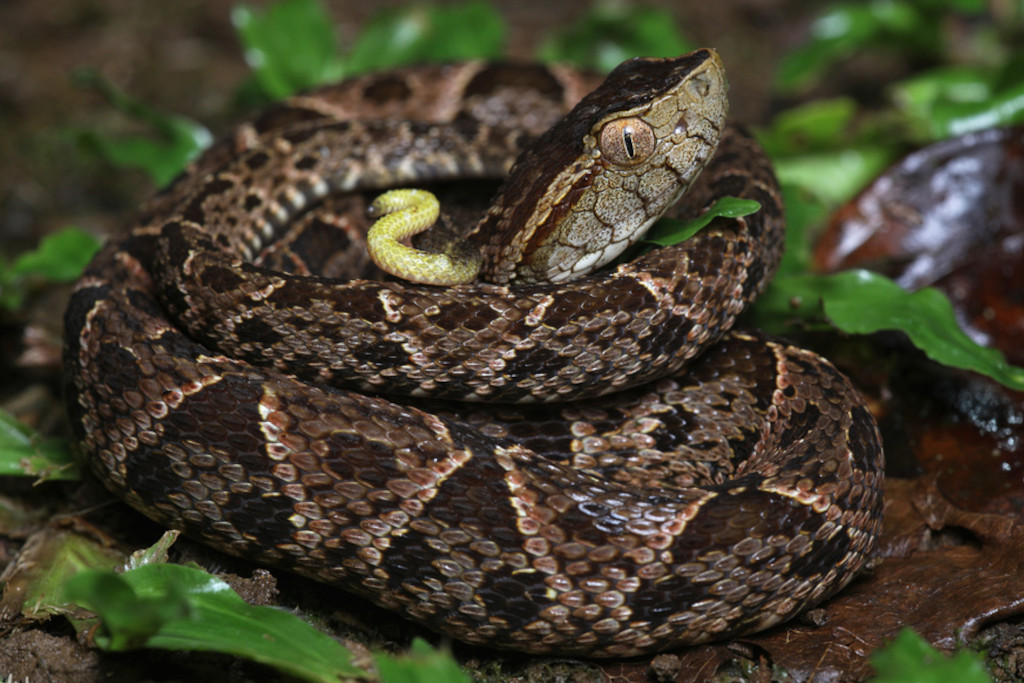
- Serafín del Platanar/Silky Anteater (Cyclopes didactylus):
The arboreal silky anteater, the world’s smallest anteater, boasts a name rooted in mythology. Known as Serafín del Platanar in Spanish, the name translates to “angel of the banana plantation,” a nod to indigenous beliefs that associate this creature with guiding the souls of the departed to heaven.
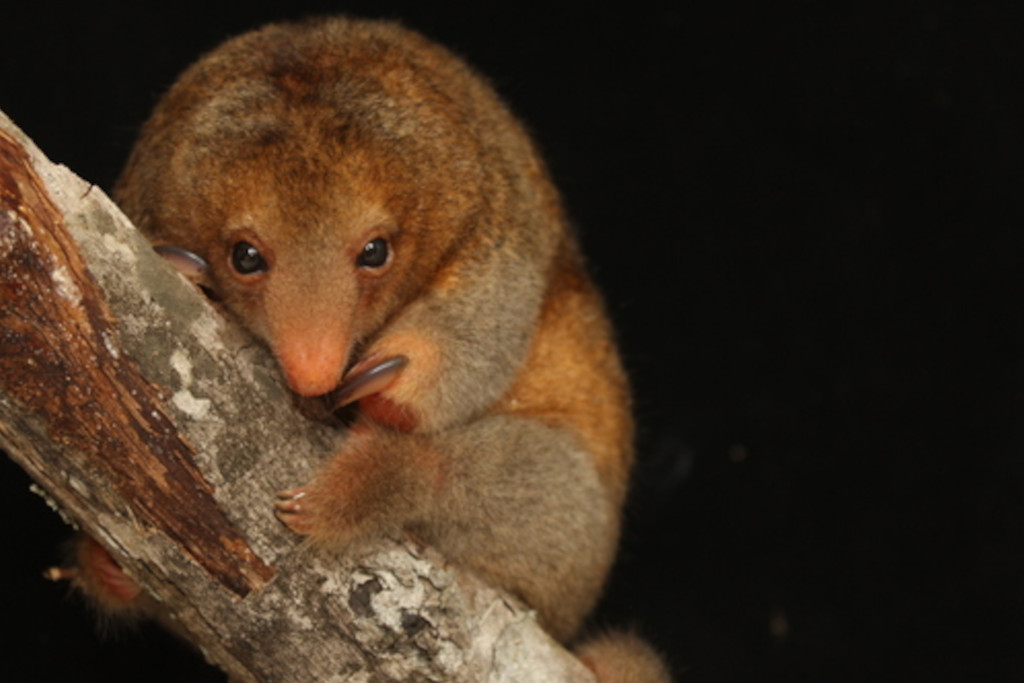
- Armadillo Zopilote/Northern Naked-tailed Armadillo (Cabassous centralis):
The Northern naked-tailed armadillo carries an eerie reputation as a harbinger of death, reflected in its indigenous name, armadillo zopilote (buzzard armadillo). Despite its moniker, this armadillo neither resembles a buzzard nor feeds on carrion, leaving its ominous title shrouded in mystery.
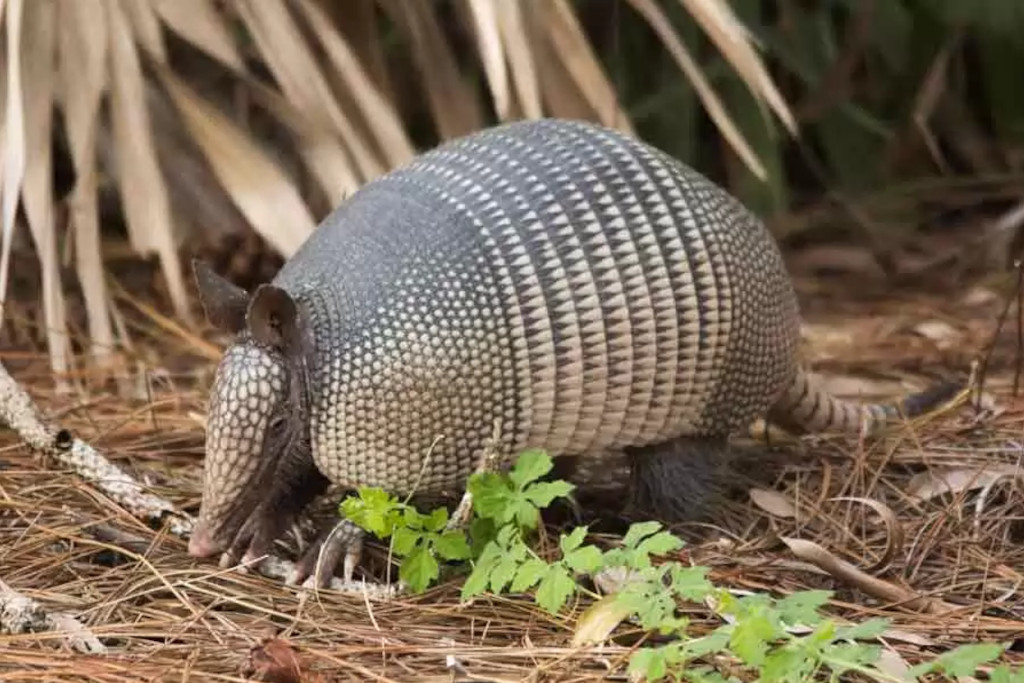
- Tepezcuintle/Paca (Agouti paca):
Known by various names, including paca in English and tepezcuintle in Spanish, this giant rodent’s nomenclature holds a connection to ancient Aztec language. Tepezcuintle, originating from Nahuatl, translates to “mountain dog,” adding a touch of cultural richness to the creature’s identity.
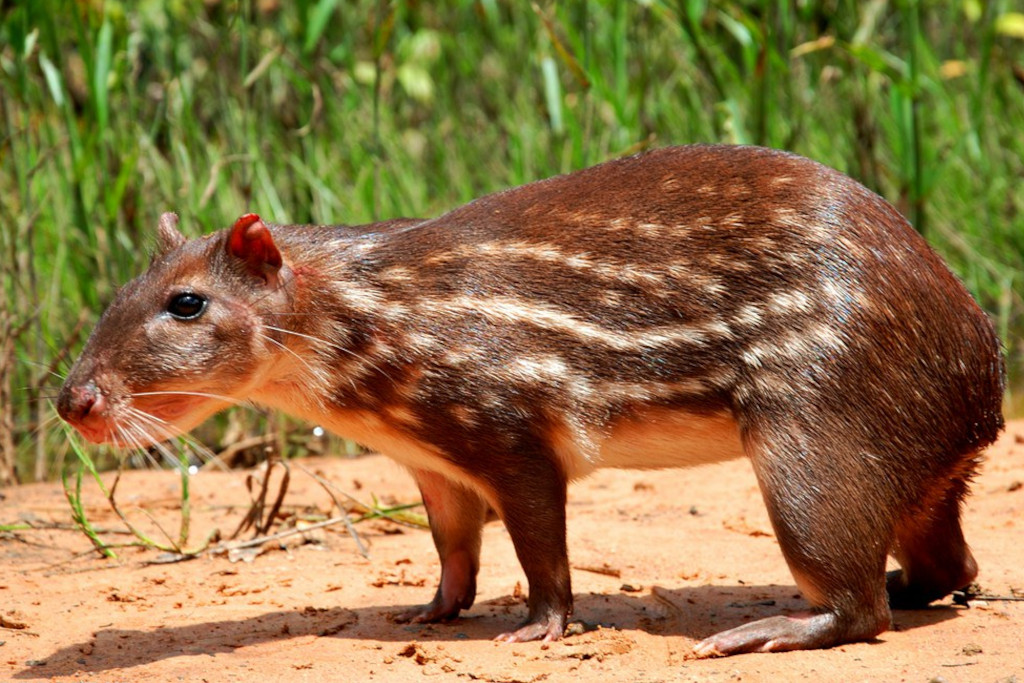
- Jaguar (Panthera Onca):
The jaguar, revered in the mythologies of indigenous groups across Central and South America, is celebrated for its strength and stealth. The term “jaguar” itself originates from the native American word Yaguara, meaning “pouncing killer,” encapsulating the essence of this majestic big cat.
